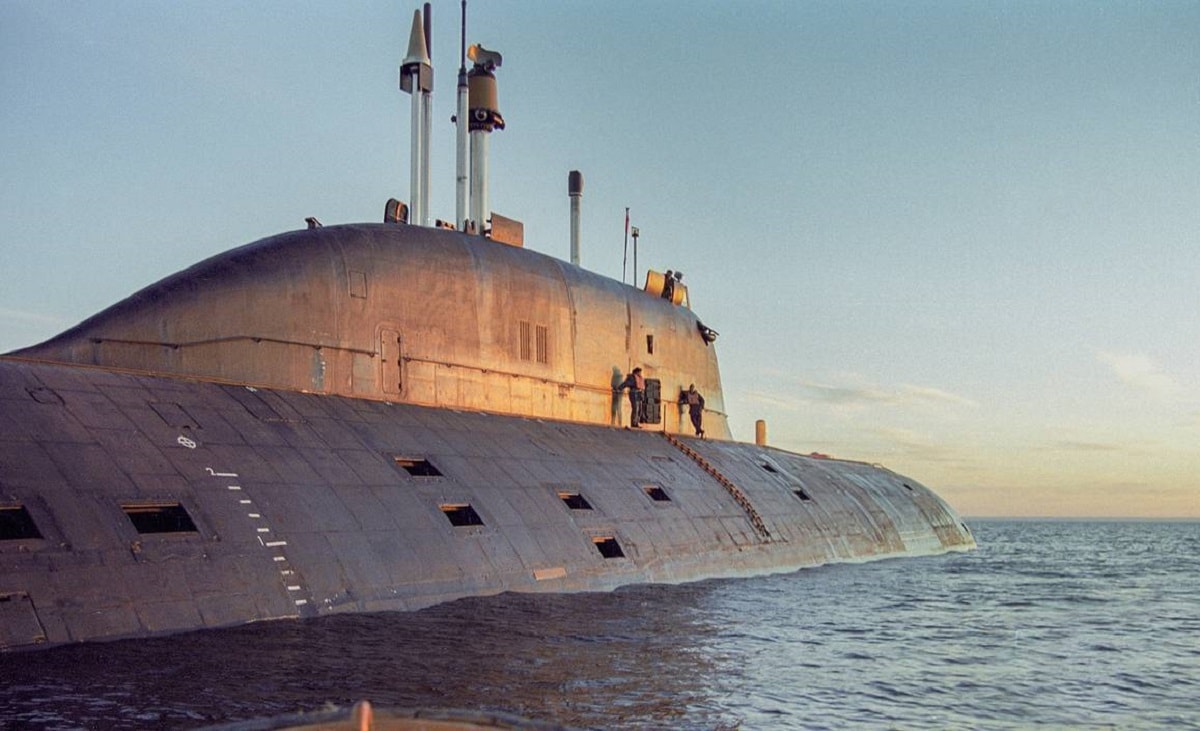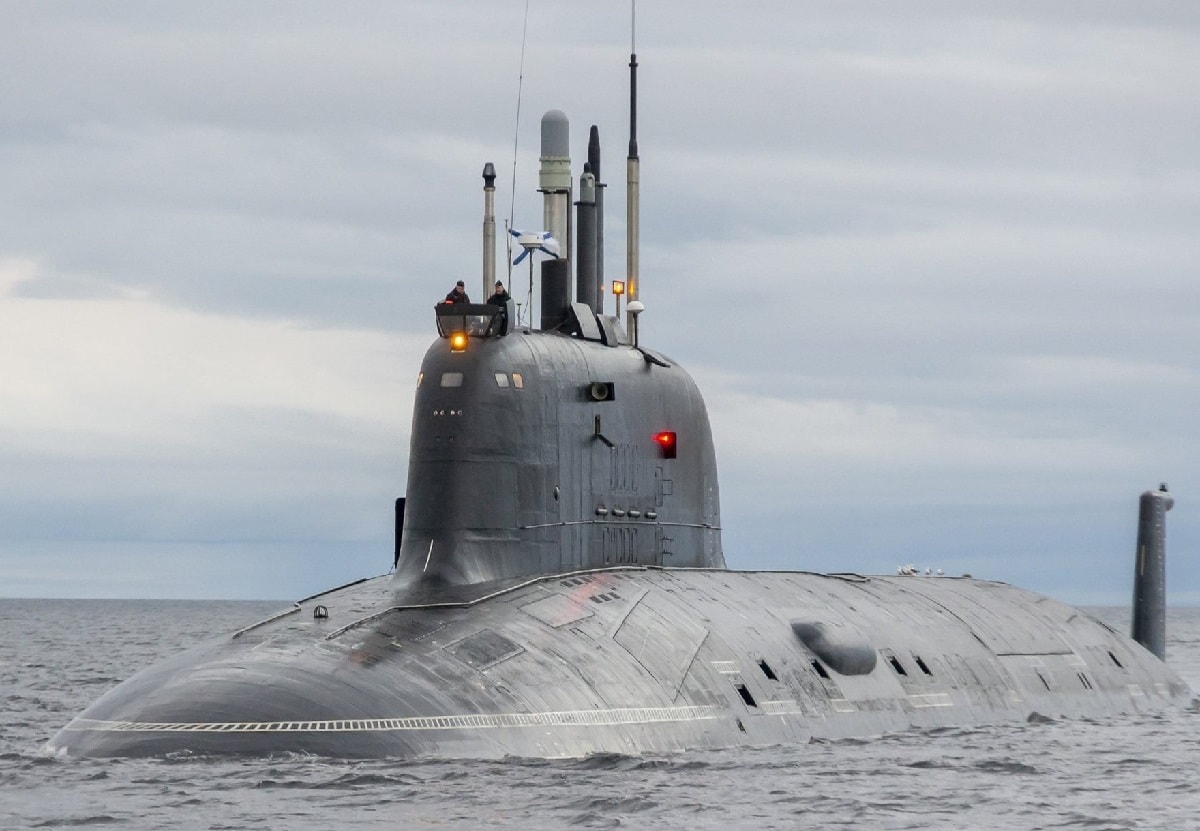When it comes to naval warfare, what you can’t see can seriously hurt you. Today, the two dominant submarine powers in the world are the United States and Russia. This rivalry actually goes back to the Cold War, when the Soviet Union was simply unable to match the surface fleet of the United States.
What the Soviet Union lacked in aircraft carriers and other surface combatants, it more than made up for by maintaining a significantly larger force of submarines. After the collapse of the Soviet Union, Russia inherited the bulk of the former Soviet Navy’s sub fleet as well as its undersea technology.
However, due to economic conditions, efforts to maintain that submarine force were lackluster at best. As a result, the Russian Navy was left with an antiquated and largely outdated number of boats – and few would be worthy of a museum, let alone combat operations. However, in recent years, Moscow has put renewed emphasis on its underwater cruisers the question has been asked how Russia’s latest submarines compared to those in service with the U.S. Navy.
As Popular Mechanics reported, today Russia’s shipyards are busy cranking out the advanced Project 885M (Yasen-M) nuclear-powered submarines. Not to be left behind, the U.S. Navy has responded with its own Block-V Virginia-class submarines. The first Block V, USS Oklahoma, is now scheduled for completion in the early 2020s. While the two classes of boats are similar –the larger Yasen-M are essentially “cruise missile submarines” and thus are given the special vessel classification “SSGN” instead of the “SSN.”
Meet Russia’s Project 885M
The Yasen-class was developed in the 1980s, and was initially intended to replace Russia’s aging Akula-class of nuclear-powered attack submarines. The Yasen-class was then significantly updated after the collapse of the Soviet Union. The Project 885M also offered significant design tweaks as well as numerous performance upgrades.
The improved submarines feature a submerged displacement of 13,800 tons and can reach a maximum speed of up to thirty-five knots. The Yasen-M also features revamped onboard electronics, a slightly reduced overall length, and reportedly a new KTP-6 rector that is believed to reduce the submarine’s noise levels.
The nuclear-powered submarines are reported to be armed with 3M14K Kalibr-PL (NATO Reporting name SS-N-30A Sizzler) and P-800 (3M55) Oniks (NATO Reporting name SS-N-26 Strobile) cruise missiles as their basic strike weapons, while the Yasen-M has thirty-two vertical tubes that can accommodate three missile types. Additionally, the boats could soon be armed with the 3M22 Tsirkon (Zircon) hypersonic anti-ship missile.
Currently, there are seven Project 885M submarines in various stages of construction at the Sevmash Shipyard in northwest Russia, and this includes the new newly floated out Krasnoyarsk. That boat is currently on track to be commissioned into the Pacific Fleet sometime next year. The arrival of the Krasnoyarks follows the acceptance of the Project 885M lead nuclear-powered submarine Kazan, which was handed over to the Russian Navy on May 7. She is now in active service with the Northern Fleet.
Compared to U.S. Navy’s Block-V Virginia-class
The U.S. Navy’s Virginia-class nuclear-powered cruise missile fast-attack submarines (SSNs) were developed to replace the more expensive Seawolf-class while still providing a capable boat to address nautical threats from near-peer adversaries in the 21st century. The boats are longer but narrower than their Russian counterparts. Designed to operate in both the open-ocean and for littoral missions, including anti-submarine warfare (ASW) and intelligence gathering operations, the subs can carry up to 66 weapons in total, divided between torpedoes and missiles.
The Block V variants are also slightly larger than the previous versions of the Virginia-class, with the length increased from 377 feet to 460 feet, and with greater displacement from 7,800 tons to 10,200 tons. As a result, the Block V versions of the Virginia-class are the second-largest U.S. submarines produced behind only the Ohio-class.
This included the addition of an eighty-three-foot section, which increased the number of missile launch tubes – increasing the number from twelve to forty, which in essence could triple the capacity of short targets for each boat. The submarines can carry Mk. 48 ADCAP (Advanced Capability) heavyweight guided torpedoes, which can be used against other subs as well as against surface ships. The boats also carry Tomahawk Block V land-attack cruise missiles, the latest iteration of the long-used cruise missile, which has also has anti-ship capability and the ability to receive course and target corrections in-flight.
To date, nineteen of the planned sixty-six Virginia-class submarines have been completed, while eleven more are now under construction. Ten of those are from the Block IV, while one is from the latest Block V – and that latter boat will feature key improvements that enhance the capabilities of the fast-attack subs.

Image: Creative Commons.
If the Russians have an advantage, it is that Yasen M-class could be armed with 72 weapons, including the Tsirkon anti-ship and land-attack hypersonic missile. However, the U.S. Navy has seen that hypersonic weapons remain a priority and has even announced plans to equip the Block Vs with such missiles by the middle part of the decade.
Peter Suciu is a Michigan-based writer who has contributed to more than four dozen magazines, newspapers and websites. He regularly writes about military small arms, and is the author of several books on military headgear including A Gallery of Military Headdress, which is available on Amazon.com.

